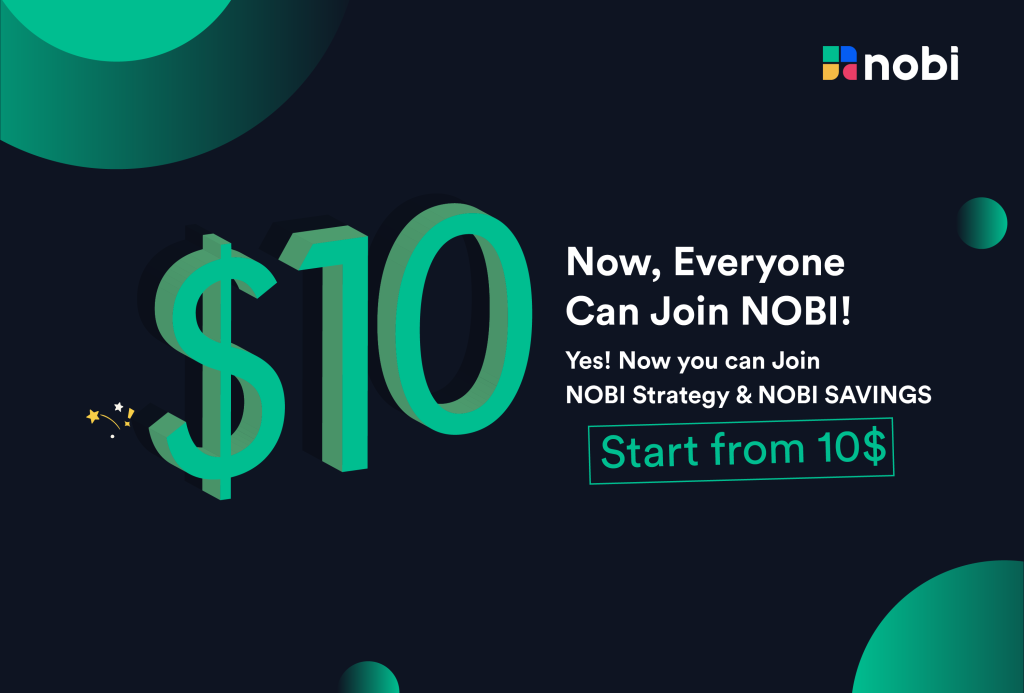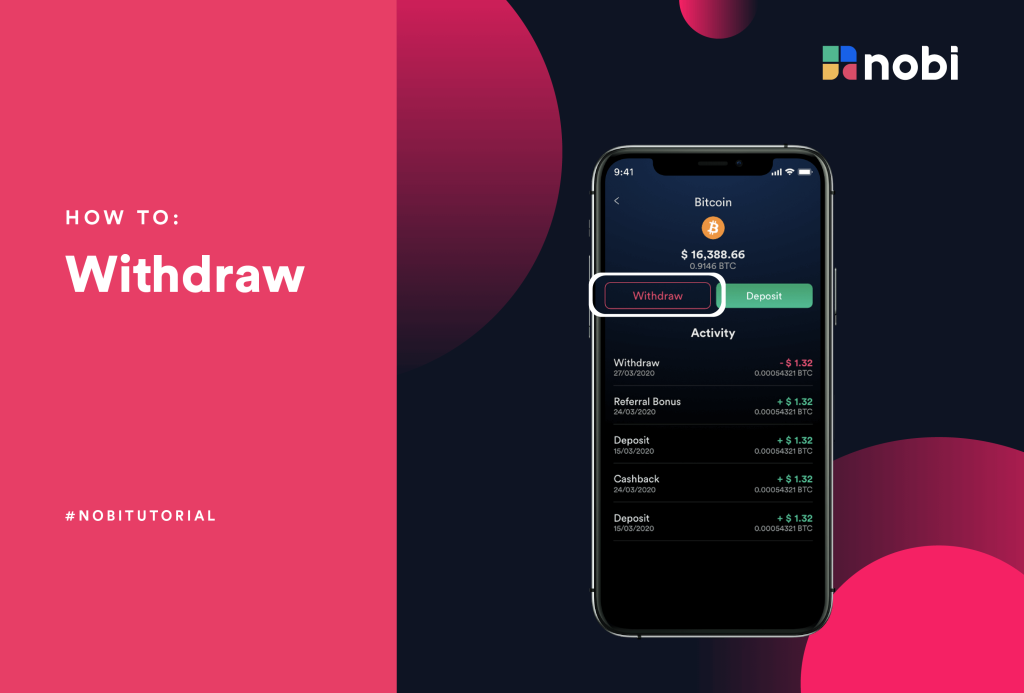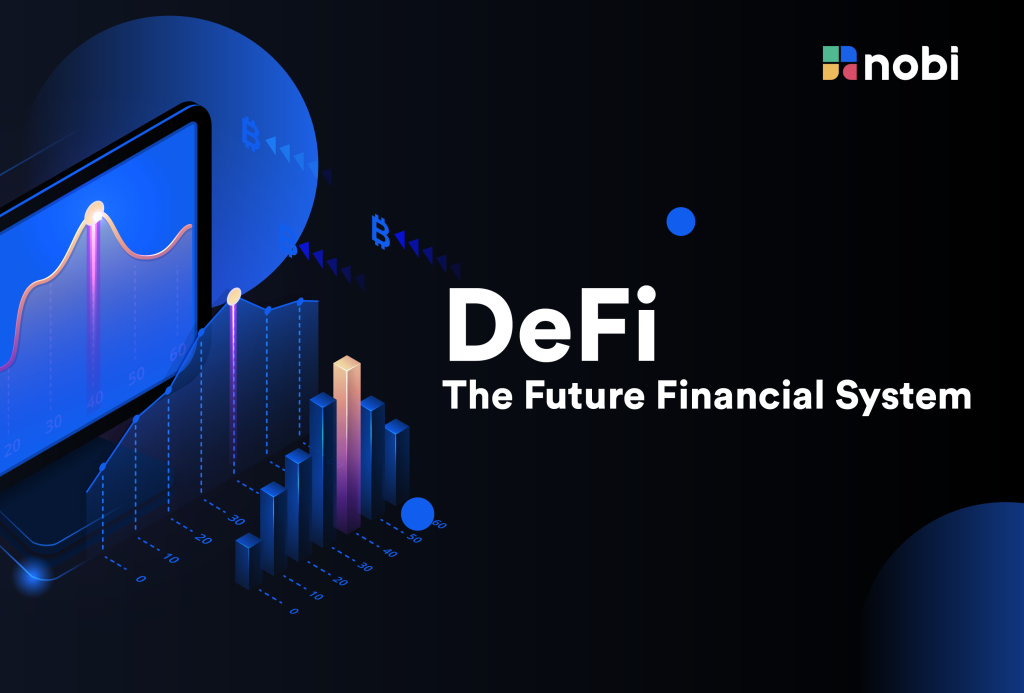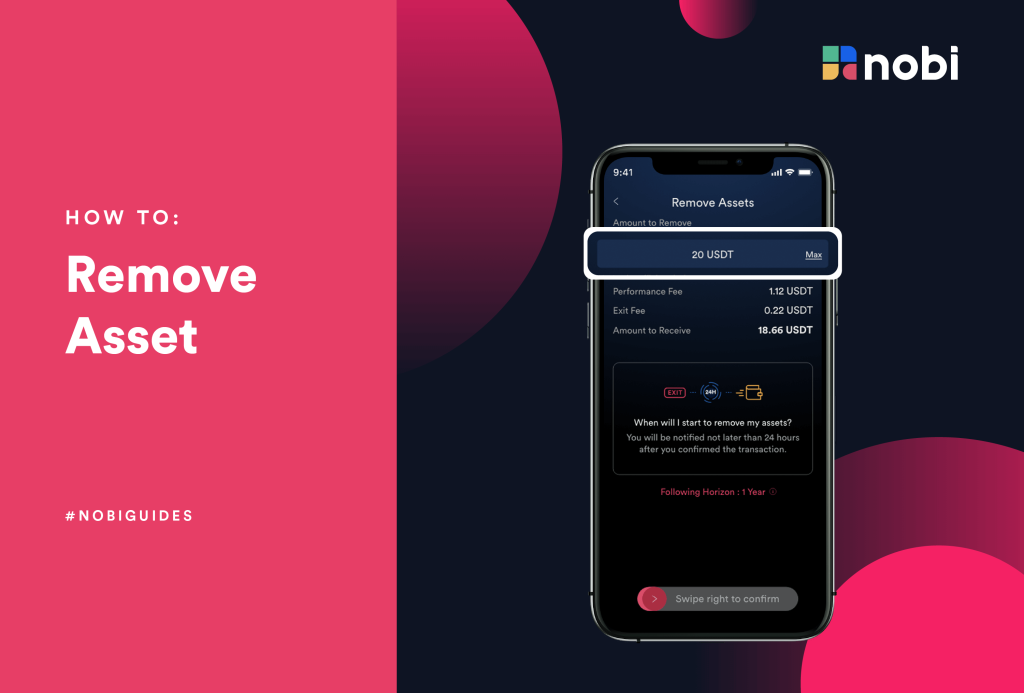Crypto assets are born with strong spirit of decentralization, however most transactions and activity involving crypto assets actually occur on centralized exchanges. Ironically, these centralized exchanges operated and governed by a single entity. In quest to rival centralized entities and pave a way back to the decentralization spirit, which is what crypto assets should be, a serious crypto project called Uniswap developed as the first and leading Decentralized Exchange (DEX).
Introduction
Back in 2008 when Bitcoin whitepaper first published, the author, Satoshi Nakamoto wanted to introduce a strong decentralized peer-to-peer transaction system which operates in a decentralized manner. Ideally it is a trustless non-custodial automated finance system which eliminates the intermediary presence like how the banks operated. Even though the current crypto technology still maintains its decentralization, it is completely different for how the crypto assets are being traded. The crypto assets trading activity occurs in a very centralized environment within the centralized exchanges. According to Coingecko, there are more than $50 billion of crypto assets being traded on centralized exchanges on a daily basis.
Decentralized exchange (DEX) with automated trading system algorithms then created by the crypto developers to counter its centralized counterpart, one of the prominent decentralized automated trading systems or decentralized exchange (DEX) is Uniswap. In contrast to the centralized exchanges, Uniswap runs completely decentralized using smart contracts on the Ethereum blockchain network that is permissionless, open-source and runs non-stop.
How Does Uniswap Work?
While centralized exchanges use the traditional order book trading mechanism to facilitate their users trading, Uniswap DEX on the other hand uses non-custodial automated liquidity mechanism called Automated Market Maker (AMM).
For example, on the centralized exchanges, in order to put buy and sell orders, users need to put their funds into the existing order book. Buy orders fulfilled when meet the sell orders at a certain price level and vice-versa. Let’s say a buy order of 1 BTC at price of $30.000 will be fulfilled if met with a sell order at the same price. This means the liquidity on the centralized exchanges will be high if there is a lot of buy and sell orders. The liquidity can be a problem when there are low buy and sell orders.
Uniswap as a decentralized exchange using a different approach for the liquidity mechanism by not following the custodian order book mechanism centralized exchanges used. Rather than that, Uniswap actually uses Automated Market Maker (AMM) to replace the buy and sell orders in an order book trading mechanism, with a pool of liquidity of two crypto assets, both valued relative to each other. Which means both buy and sell orders are able to be fulfilled directly from the liquidity pool as long as the desired assets are available in the liquidity pool itself.
So, let’s consider the ETH/USDT liquidity pool in Uniswap. We will call the ETH portion of the pool x and the USDT portion y. Uniswap takes these two quantities and multiplies them to calculate the total liquidity in the pool. Let’s call this k. The core idea behind Uniswap is that k must remain constant, meaning the total liquidity in the pool is constant and doesn’t change. So, the formula for total liquidity in the pool is:
x * y = k
So, what happens when someone wants to make a trade?
Let’s say a trader buys 1 ETH for 1000 USDT using the ETH/USDT liquidity pool. By doing that, this trader increases the USDT portion of the pool and decreases the ETH portion of the pool. This effectively means that the price of ETH goes up. Why? There is less ETH in the pool after the transaction, and we know that the total liquidity (k) must remain constant. This mechanism is what determines the pricing. Ultimately, the price paid for this ETH is based on how much a given trade shifts the ratio between x and y.
Using and interacting with Uniswap DEX protocol is also different from using centralized exchanges. The permissionless design of Uniswap does not require users to register an account and deposit their funds into that account. Uniswap can be accessed using any Ethereum WEB3 wallet or any WEB3 wallet that supports the Ethereum blockchain.
Users can trade, swap, earn, and even govern the Uniswap decentralized exchange simply from their WEB3 wallet.
- Trade & Swap
Users can trade or swap any ERC-20 tokens as long as the liquidity of the desired token is available
- Earn
The AMM mechanism in Uniswap requires a presence of a liquidity pool of certain assets In order to fulfill this liquidity requirement, users are allowed to provide their assets as the protocol liquidity and earn a percentage of the fees earned from the liquidity pool in return. Users that provide liquidity into Uniswap pool will get liquidity provider token or LP Token as a proof of liquidity they provided.
- Govern
Users are able to participate in Uniswap governance by making a proposal or voting on certain proposals such as protocol upgrades, fees management, network expansion, etc.
Who Created Uniswap?
Uniswap’s protocol are coded and programmed by Hayden Adams, engineering graduate from Stony Brook University. Adams first worked as an mechanical engineer at Siemens before developing the Uniswap protocol as a solo developer. Adams developed Uniswap code during Ethereum shortage of on-chain protocol developers back in 2018. After seeing Vitalik Buterin, the Ethereum founder, Buterin invites Hayden Adams to join the Ethereum grant programs with $65.000 funds to develop Uniswap on the Ethereum mainnet.
Uniswap V1 successfully launched in November 2018 during Devcon 4, an Ethereum developers conference. As of now, Uniswap codes are the most forked AMM and DEX protocols with more than 3.000 forks on Github.
Uniswap Major Upgrades
- Uniswap V1
As the first release of Uniswap protocol on Ethereum network. Users can swap assets in a decentralized and permissionless method of any ERC-20 tokens.
- Uniswap V2
The upgrade of the initial Uniswap protocols that allows multiple types of liquidity pools. Launched back in 2020, the V2 upgrade consists various improvements of protocol’s liquidity, security and scalability.
- Uniswap V3
V3 are the latest Uniswap upgrades that launched back in 2021. This upgrades focused on the economic efficiency of Uniswap protocols. The concentrated liquidity and multiple fee tiers are introduced to maximize the protocol’s user activity.
The UNI Tokens
As a decentralized protocol, Uniswap has its own native token called UNI. UNI tokens grant its owner a right to participate in protocol governance. The users who provide liquidity into Uniswap liquidity pool (the liquidity providers) can also earn commission in UNI token for their participation in the protocols.
Back in 2020, 15% of the initial UNI token minted being airdropped to all users who have ever used Uniswap in the past, as much as 400 UNI tokens airdropped to every user which at the time worth more than $1.000
Now, UNI token ranked top 20 in crypto largest market cap with more than $4.5 billion valuation from 750 million circulating supply of UNI token
The Initial token distribution of UNI token:
- 60% is allocated to Community
- 21.3% is allocated to Team
- 18.% is allocated to Investors
- 0.7% is allocated to Advisors
UNI token has an initial supply of 1 billion tokens which 15% of this were airdropped to the community back in 2020 and the remaining 85% are being locked for 4 years period. The maximum supply of 1 billion tokens will be distributed to the community as incentive for their participation and contribution. Developer’s team, investors and advisors’ token also distributed within 4 years of Uniswap V2 launching.
The UNI tokens distribution schedule for 4 years:
After 4 years, UNI token will have perpetual inflationary supply of 2% per year to ensure contribution and participation from the communities. It means 20 millions of UNI tokens will be minted after September 2024.
Uniswap Advantages:
| Fully decentralized automated crypto exchanges for trade, swap and earn crypto assets |
| Trustless and permisionless to access, accessible simply with a WEB3 wallet |
| No registrations, signups and KYCs required |
| Faster AMM trading and swapping mechanism compared to its order book counterpart |
| Allow anyone to earn passive income as a liquidity providers |
| Runs on the Ethereum network and expanding to prominent layer-2 chains |
How to Buy UNI?
To get some UNI, you can simply buy them directly on NOBI app. You can also check UNI’s real-time price here. Not only buy-sell crypto assets, you can also grow your favorite crypto assets on NOBI, including UNI. You could hold your coins while earning attractive rewards on NOBI Earn. What’s more, it’s an easy way to earn by simply holding crypto assets. Check out NOBI Earn and start earning rewards today!
Related Article













